The Comprehensive Guide to how to lay artificial turf
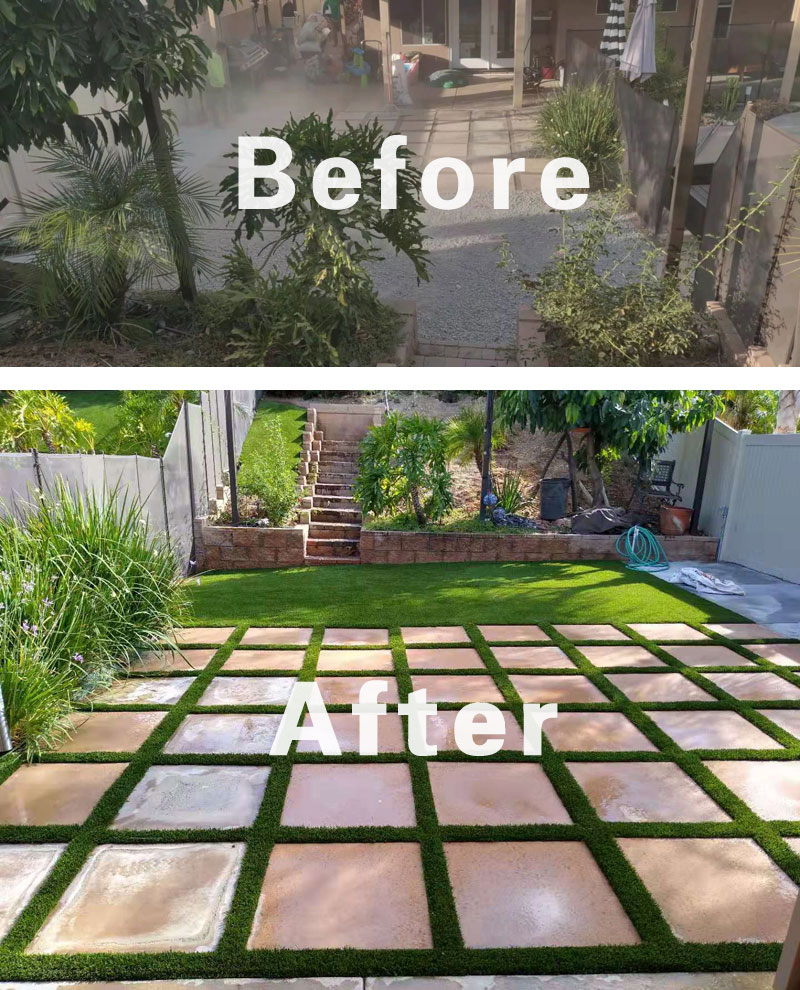
Transforming your outdoor space with artificial grass, also known as astroturf or synthetic lawn, can be a rewarding project. While it’s recommended to hire a professional installer for the task, this guide will walk you through the steps of laying artificial grass if you decide to take on the challenge yourself.
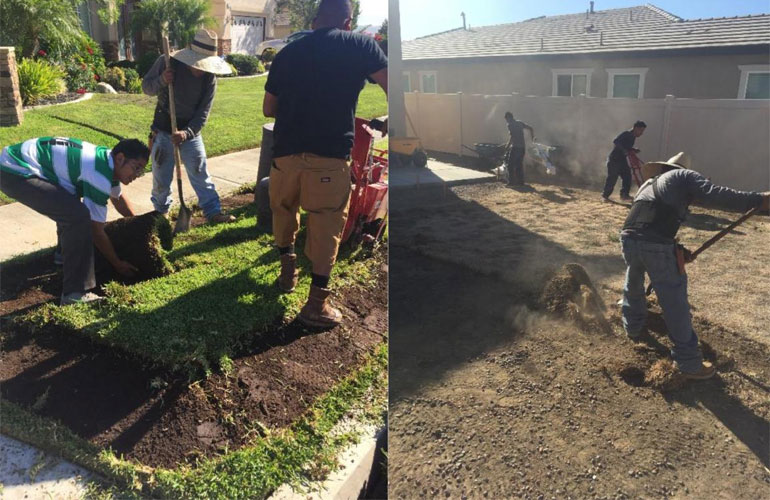
Essential Tools for how to lay artificial turf
Laying artificial grass requires specific tools to ensure a smooth and successful installation. Here’s a list of the necessary tools to make your job easier:
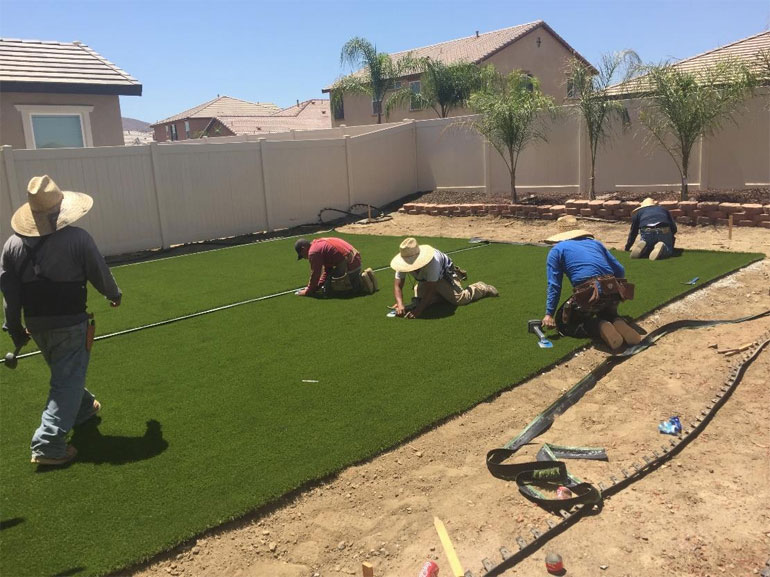
Turf cutter
Shovel
Stanley knife
Joining tape
Joining adhesive
Tape measure
Planks for compacting
Ground pins/galvanized nails
Hammer
Broom/stiff brush
Gloves
Edging Option (consider VertEdge and VertEdge adhesive as an alternative to nails)
Preparing Artificial Grass Bases
What goes under artificial grass? The base is crucial to the performance and longevity of your artificial grass. Here are some considerations for different base types:
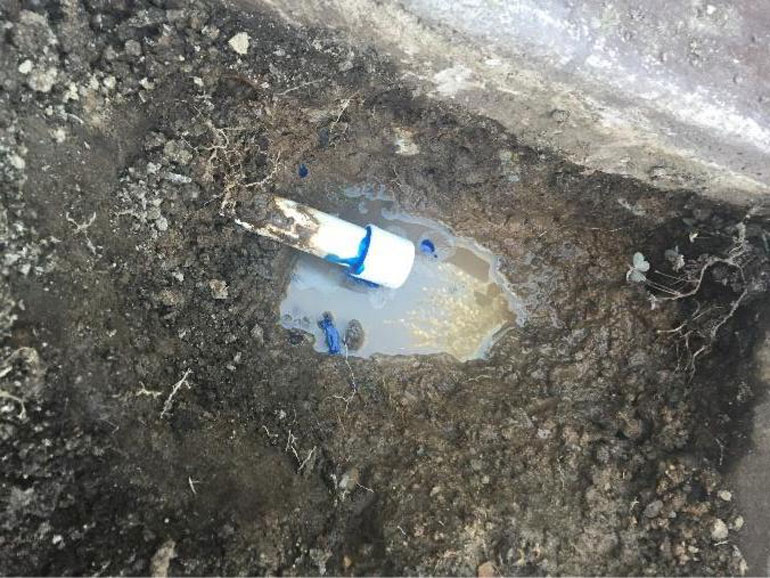
Existing Hard Base (concrete or tarmac):
For an existing hard base, such as concrete or tarmac, it’s recommended to install a layer of Lazy Foam underlay beneath the artificial grass. Before laying the foam pad, ensure that the surface is clean. The foam underlay provides extra cushioning and proper drainage, maintaining the quality of your artificial grass throughout the year.
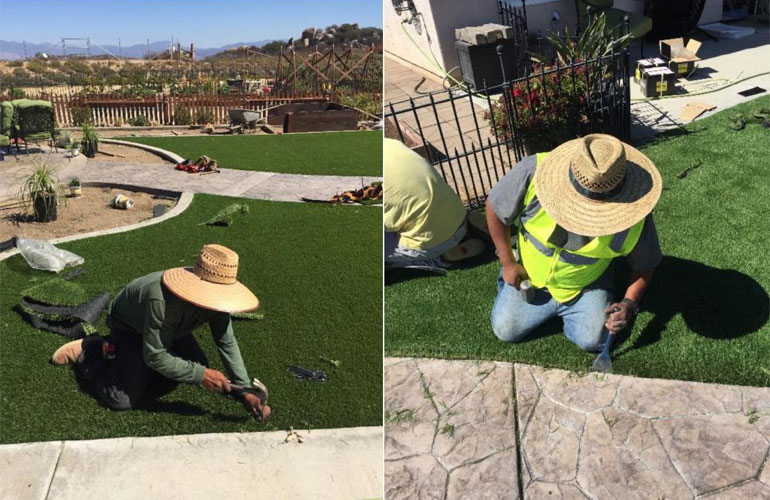
Soil Base:
It is not advisable to lay artificial grass directly on a soil base, as it can suffer from weather-induced wear and tear, compromising the installation. Instead, opt for a stronger base, which combines MOT type 1 and granite stone 6mm dust.
Concrete Base:
Artificial grass can be laid on top of concrete as long as it is even and allows proper water drainage. Using an underlay is still recommended for better care and maintenance of the artificial grass.
Decking Base:
Yes, you can lay artificial grass on decking, but you must take appropriate precautions. Ensure the wood is strong and in good condition, without any signs of weakness or mold. Use an underlay and weed membrane to protect the artificial grass and keep it in excellent shape.
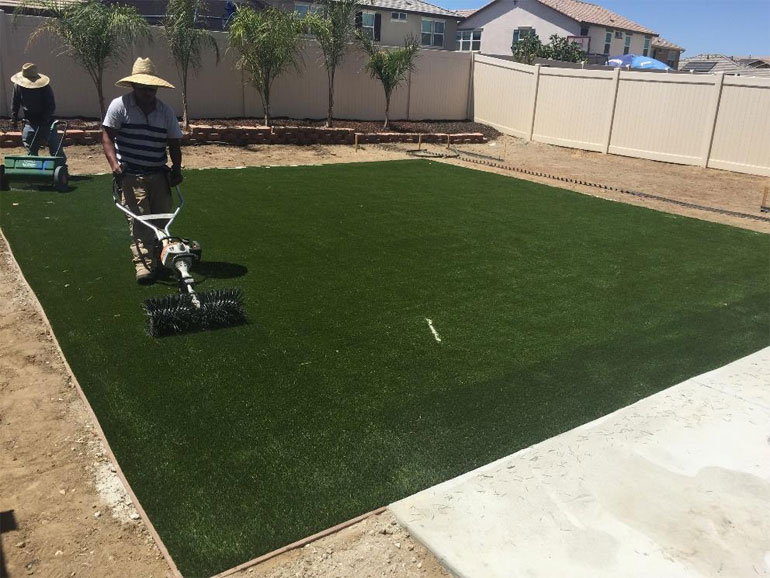
How to Lay Artificial Grass – 6 Easy Steps
Step One: Plan & Clear the Area
Start by planning the area to be covered and ensure there are no cables or water pipes below the digging depth. Remove the existing turf to a depth of 2 inches using a turf cutter or spade, and clear any large obstructions like stones or bricks. Lay down a type 1 stone base.
Step Two: Create an Edge
If your installation lacks perimeters for the product to butt up against, establish an edging system. Consider using VertEdge to secure the artificial turf. Gently knock the edging into the soil, leaving about 3cm exposed.
Step Three: Lay the Base
Apply approximately 6mm of granite dust or sand. Use a piece of timber to spread the material across the area, ensuring a smooth surface. If using sand, its depth should not exceed 20mm. For larger imperfections (over 20mm), level the surface using hardcore before applying sand.
Step Four: Apply Weed Membrane
Once the base is compacted, lay a weed membrane over the area and secure it with 4-inch galvanized steel nails every 0.75 meters along the perimeter. This will prevent weed growth while allowing water drainage. Trim off any excess membrane, and if needed, join overlapping edges with gaffer tape.
Step Five: Lay the Artificial Grass & Trim Edges
Unroll the artificial turf over the area, being cautious not to disturb the weed membrane. For the best appearance from the house windows, ensure the pile direction runs toward the house. Once in position, trim the excess artificial grass using a sharp knife. VertEdge can serve as a useful guide during this step; consider changing blades every 3-5 meters to maintain sharpness.
Step Six: Add Finishing Touches
To complete the installation, apply kiln sand to the turf. This can be achieved using a blower and stiff brush or a lawn fertilizer spreader. For optimal results, use 6-8kg of sand per square meter of artificial grass. This step is vital to achieving a natural-looking finish.
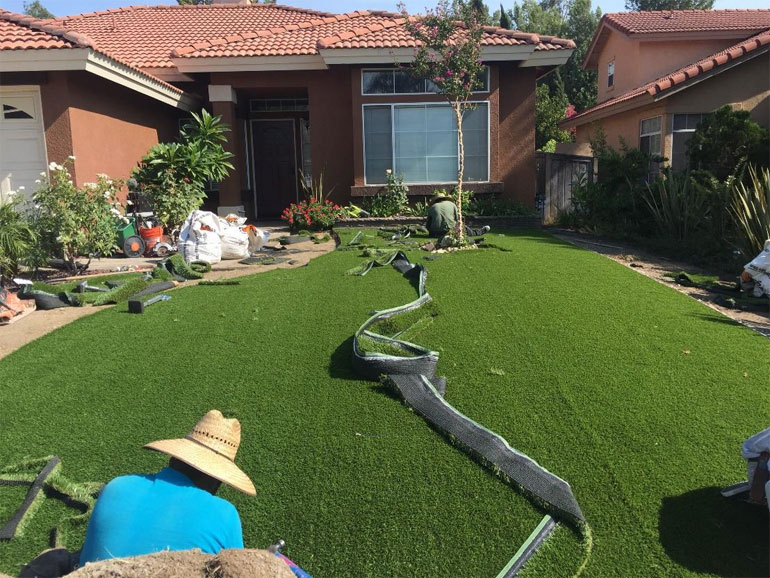
Remember to brush the artificial grass pile before, during, and after sand infill. Perform this sand dressing on a dry day, ideally on the same day as the lawn installation.
Seek Free Technical Support
If you encounter any questions or technical challenges while installing agsturf, don’t hesitate to seek assistance from our head office team. They are more than willing to provide you with the support you need to complete your project successfully. Happy artificial grass laying!
Tags
how to lay artificial turf ;artificial grass laying artificial grass on decking laying artificial grass on uneven paving laying artificial grass on clay soil laying artificial grass on sand laying artificial grass on concrete quick and easy way to lay artificial grass laying artificial grass on soil artificial grass layers how to lay artificial grass cheapest way to lay artificial grass